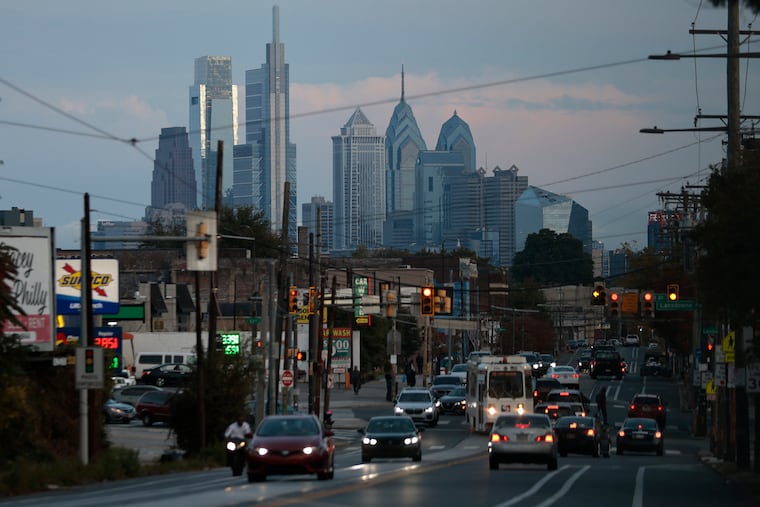A third of self-employed entrepreneurs in Philly are immigrants, and other insights from new Pew reports
A series of reports released by the Pew Charitable Trusts on Tuesday shed light on the sectors Philadelphia immigrants work in, and how much they earn.
